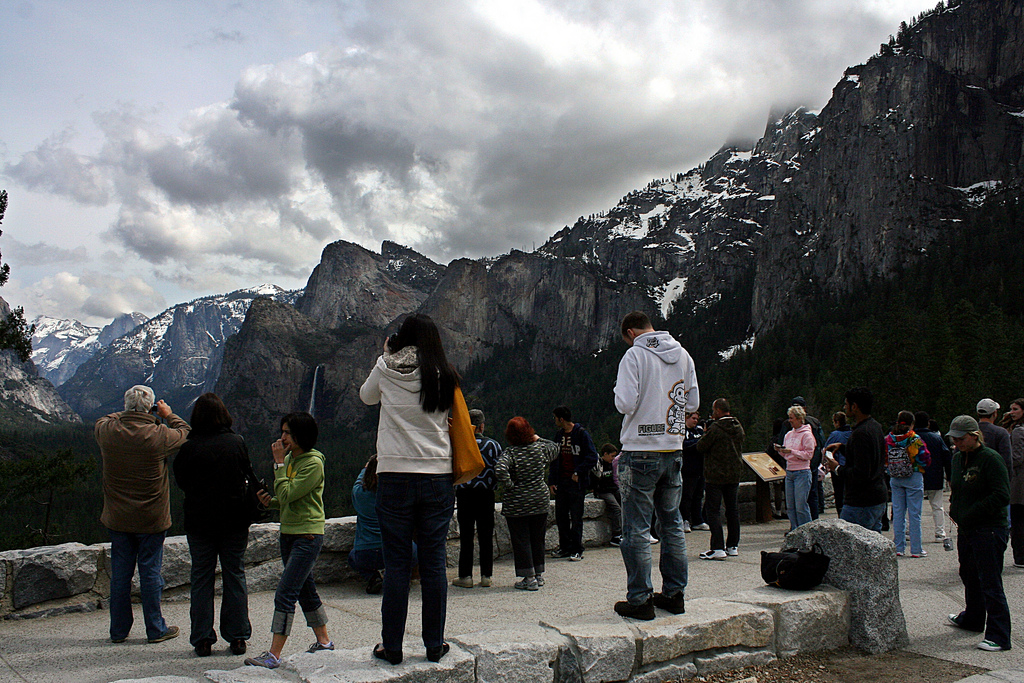Evaluating Native American displacement from areas that are designated as protected land is not typical of tour guides or visitors to any of the United States’s 58 national parks. In fact, the origins of these hugely popular landmarks remain hidden and very few individuals understand and acknowledge this violent history. Multiple studies conducted as a part of a larger initiative called “Reclaiming Native Truth” to gauge Americans understandings and attitudes towards Native American people found that only 34 percent of Americans even agree that “Native Americans face a great deal or a lot of discrimination.” With this minimal level of public understanding concerning Native Americans’ historical and modern struggles for equality, it is not surprising that individuals visit sites such as Yosemite without knowledge about the brutality behind the landscape. In a Huffington Post article, “The Forgotten History of Violent Displacement that helped Create the National Parks,” the author discusses the land of Yosemite as once being inhabited by indigenous peoples and rural poor who were forced out. If they wished to remain in their homeland, they “were forced to work humiliating jobs entertaining tourists as Indian performers.” Eventually, however, they [Native Americans] were all evicted by the national park burning down their homes. In fact, the federal government either ignored, invalidated, or simply refused to recognize the claims tribes had to ownership of lands including but not limited to Mesa Verde, the Grand Canyon, and Death Valley. Historians have only recently begun to explore the histories of forgotten indigenous peoples in these areas, and their findings have provided insight into to the romantic notions associated with the land which eventually became national parks.
Manipulated ideas about conservation and protection of the environment also played a large role in the lands later designated as national parks; however, historians such as Karl Jaccoby argue that these conservationist ideas were racially motivated: “The only way you can come in and say ‘We [the state] need to manage this space and manage the environment,’ is you have to in some ways present the current managers of it the native peoples as incompetent.” Protection of these lands from those who lived there resulted in the case of Yosemite Valley with the forced labor of indigenous people as workers in tourist attractions across the park. An article written by Hunter Oatman-Stanford discusses how over time Native Americans have been erased from U.S National Parks, for example, following the immediate usage of Natives worked at Yosemite’s hotels, concession businesses, and selling merchandise to tourists as they walked through the now paved roads of the park.
Although the history of national parks remains disturbing and unveils a plethora of ethical questions concerning the education available at these tourist hot spots about the individuals who owned this land before. It also begs the question of what individual obligations are to preserving the culture of such lands and whether visiting is an ethical decision, or if understanding the past of these coveted locations is enough to free oneself from guilt. Hunter Oatman-Stanford said it best, “Uninhabited wilderness had to be created before it could be preserved.” Understanding this concept of a fabricated wilderness created for only a sector of the American people will be critical as we move forward and advocate for more comprehensive knowledge about the true history of our national parks.

